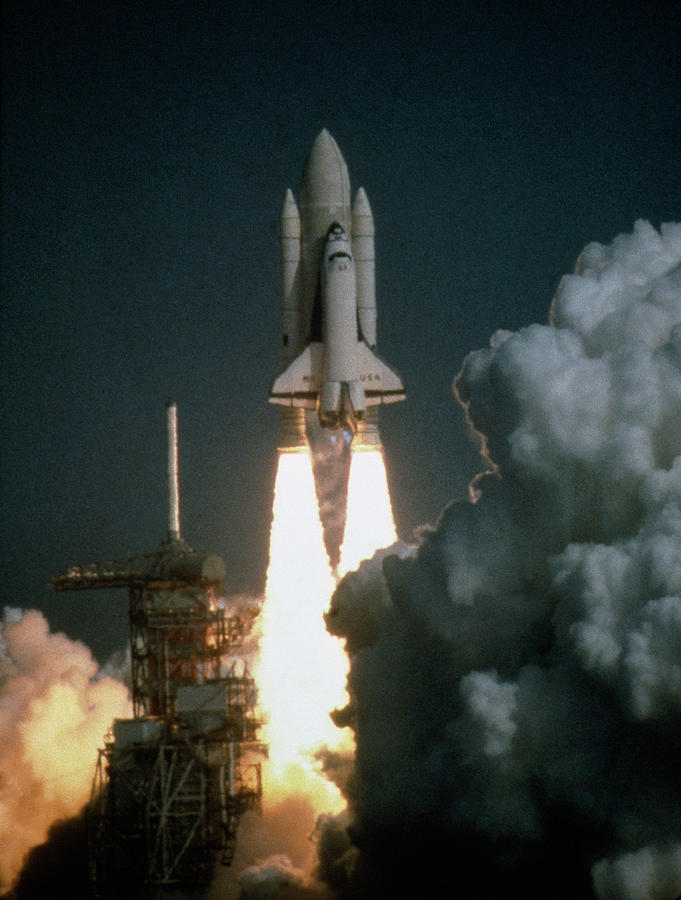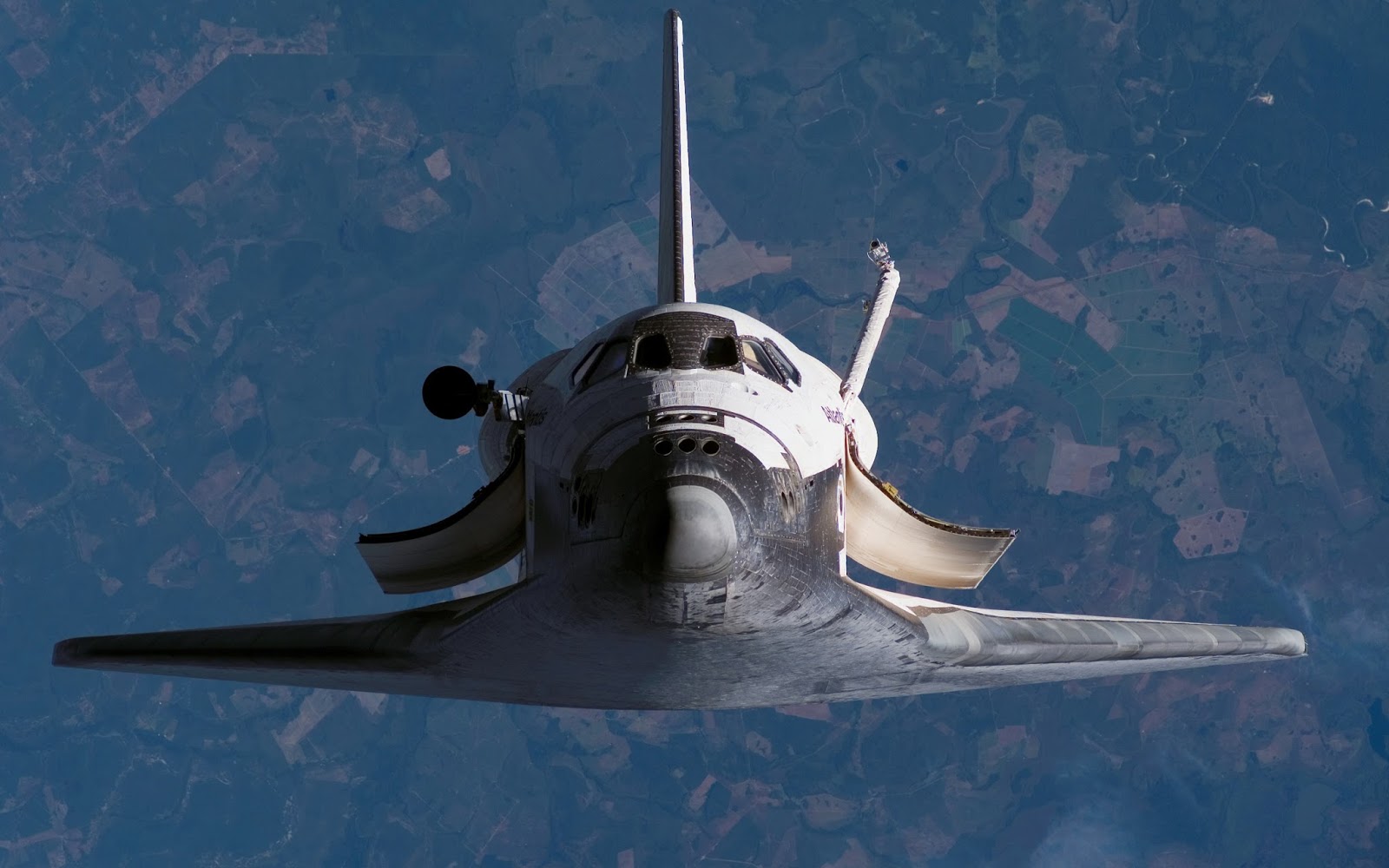

Two flights before Columbia’s last mission, a piece of foam broke off of the external tank and dented the bottom of one of the SRBs - similar to what happened on STS-107. The SRBs were attached to either side of the external tank and provided extra thrust needed to get the Shuttle into orbit. When the Space Shuttle launched, it had the help of two white solid rocket boosters. It’s this foam that broke off and hit the left wing of the Shuttle. The external tank was insulated with foam to prevent it from overheating. It held the liquid hydrogen and liquid oxygen propellant needed for takeoff. This was the large orange tank attached to the bell of the Space Shuttle during launch. NASA later found that the foam had indeed punched a hole in the RCC, which ultimately led to the accident.Įxternal tank. They were less concerned about the RCC, because they thought it was strong enough to handle a blow.

When NASA saw that a piece of foam had hit the left wing during launch, the engineers were more concerned about any potential damage done to the wing’s tiles. It’s a super strong composite material that made up the leading edge of the Shuttle’s wings. I’ve listed a few key terms they use throughout the podcast to use as a guide. My parents may be retired now, but they are still extremely fluent in engineer-speak, which means they use a lot of acronyms. But she also talks about how proud she is of the changes NASA made following the accident, arguing that they became an even stronger team. I’ve always told her she shouldn’t feel this way, but she says everyone she worked with still holds some regret. NASA investigated the foam before Columbia returned to Earth, and she feels as if she could have asked more questions. For them, it’s still emotional to recount everything, and my mother still holds some regret. Now, 14 years later, I asked my parents to talk to me about their experience. The crew of the Space Shuttle Columbia mission Photo by NASA/Getty Images They even figured out the exact spot on the wing that the foam likely hit. So they’re the ones that ultimately determined that the foam was to blame. Dad worked on the team that came up with the likeliest failure scenario. Mom helped to create the timeline of events for the accident - a key tool that served as the main point of reference for all the investigators moving forward. Nor did I really grasp just how instrumental my parents were in the investigation. Though the Columbia disaster is an important part of my family’s history, I didn’t start to understand or appreciate the engineering involved until I grew up. The part I didn’t like was seeing my parents in so much pain. Honestly, my teenage self had begun to crave independence, so I was happy to hold down the fort. At the time, I didn’t really consider it strange, but my mother told me later that she felt guilty for being away so long. I was a freshman in high school and an only child, so I spent a lot of time home alone as my parents exhausted themselves at work.

So for the first half of 2003, I didn’t see my parents that much.


 0 kommentar(er)
0 kommentar(er)
